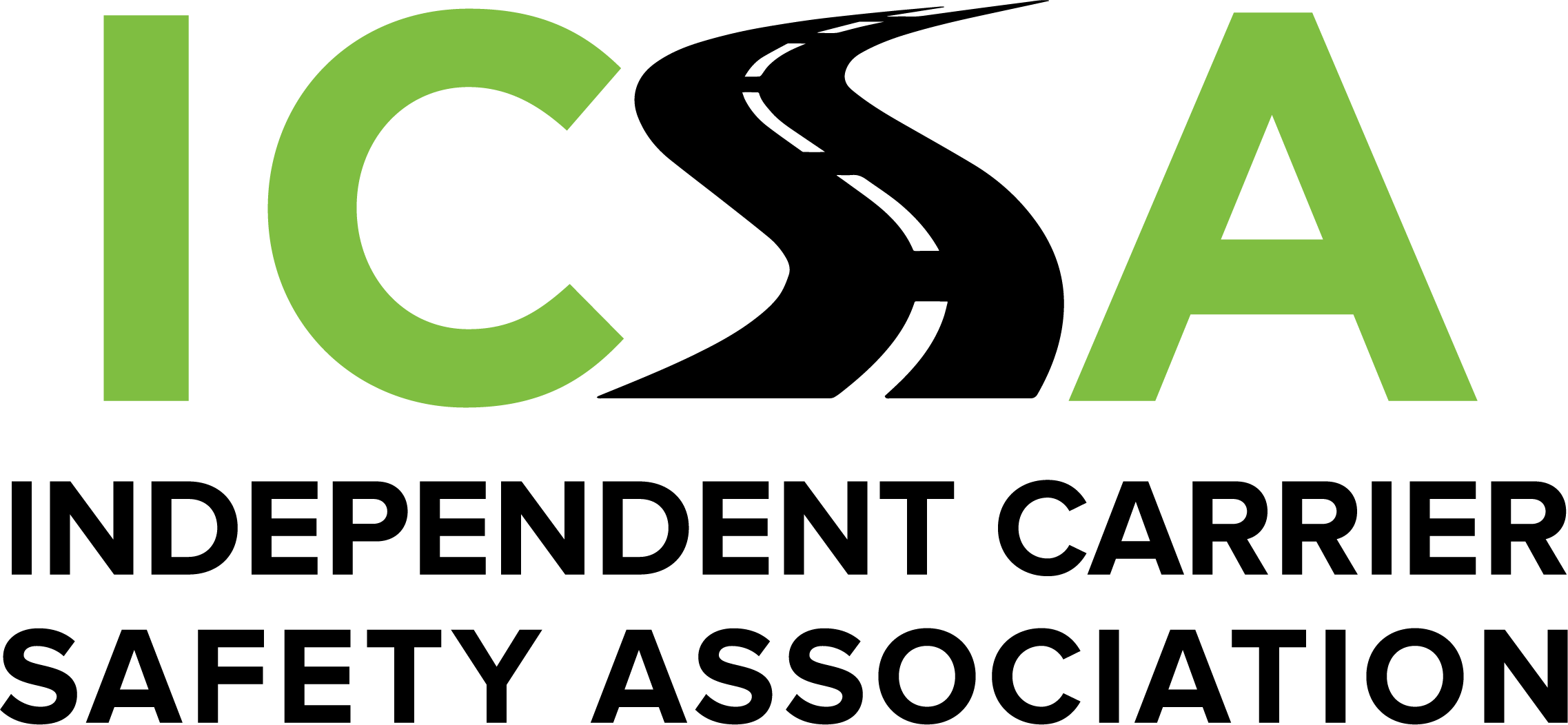The following article has been adapted from PrePass Safety Alliance’s monthly carrier newsletter. We are grateful to PrePass for allowing ICSA to share its overview of this critical topic. This is Part 1; we will provide Part 2 in the next Landing Gear Issue.
For nearly a decade, FMCSA and state commercial enforcement agencies have been pushing for a system of on-road inspections that will capture far more commercial vehicles than today’s random inspection system. The push for thorough pre-trip and wireless roadside inspections has intensified over the past year, ushering in a new era for truck inspections.
To comply with these new commercial vehicle regulations, carriers will likely need to install devices that can transmit information to roadside enforcement on the condition and identity of the truck and driver.
How motor carriers will transmit driver and truck data remains unclear but could explain the recent Federal Motor Carrier Safety Administration (FMSCA) request for comments on Universal Identification, known as UID. In that request, FMCSA sought input on how to broadcast sensitive information, how much it will cost, and what information will be required.
What Is UID and How Does It Relate to Wireless Inspections?
UID, otherwise known as Electronic Identification or Unique Electronic Identification, comprises the quick transmission and recognition of a truck as it moves down the highway. Roadside enforcement uses this electronically transmitted information to make screening and inspection decisions.
The concept has been tossed around since 2010 when the Commercial Vehicle Safety Alliance (CVSA) first petitioned the FMSCA for a rulemaking on UID. In 2013, FMSCA denied CVSA’s request. But in 2015, FMSCA reversed its decision and said it would consider UID.
In September 2021, the trek toward UID became more formal when it was introduced in the Infrastructure, Investment, and Jobs Act (IIAJ). FMSCA then issued an Advance Notice Proposed Rulemaking (ANPRM) for UIDs.
A large group of stakeholders, including CVSA, truck manufacturers, trucking associations, and others provided input on the idea. Those parties agreed that any universal electronic vehicle identifier should be limited to a single point of data, such as the vehicle identification number. They made clear that UID based on a single point of data must:
- Identify the vehicle for compliance, inspection, or enforcement purposes;
- Not transmit personally identifiable information (PII) regarding operators; and
- Not create an undue cost burden for operators and carriers
However, these requirements did not make it into the final IIAJ legislation, leaving UID interpretation up for grabs. Now it seems some want it to go beyond UID and make it part of CVSA Standard Level VIII Electronic Inspection.

